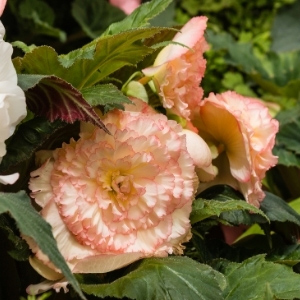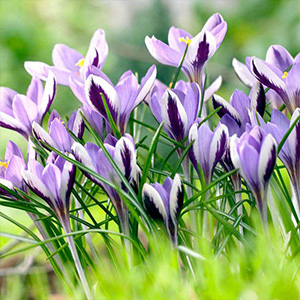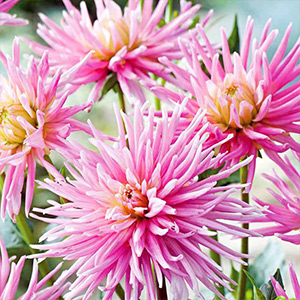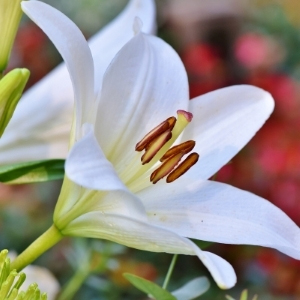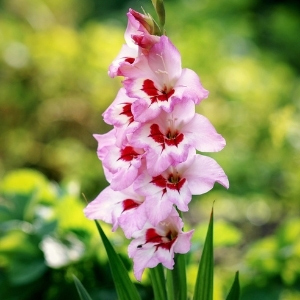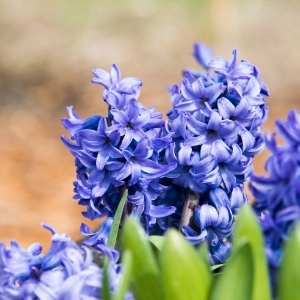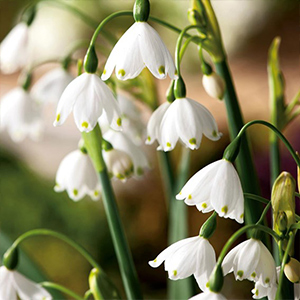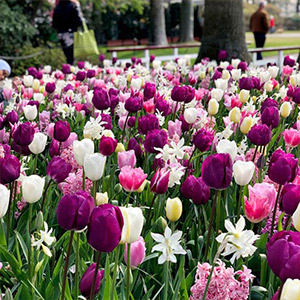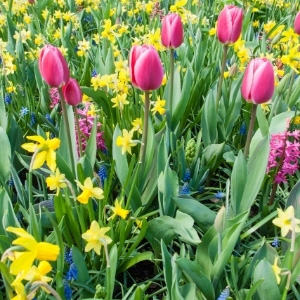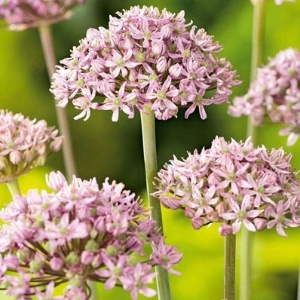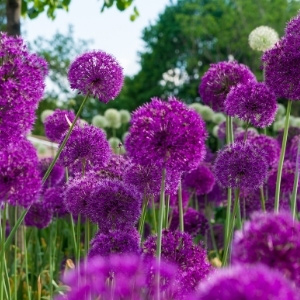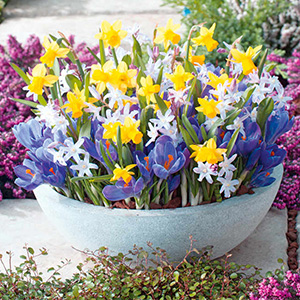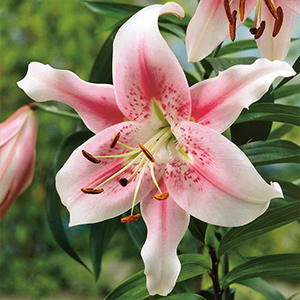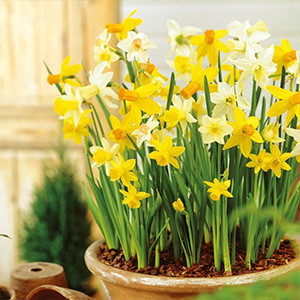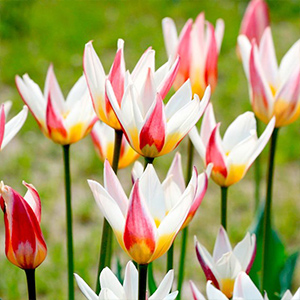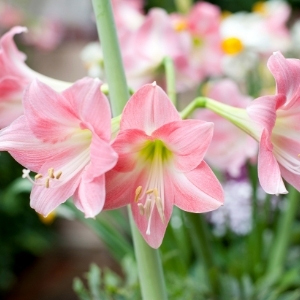Growing flowers from plant bulbs and tubers
Here we answer some of your most frequently asked questions about garden bulbs and tubers.
When to plant bulbs
Spring-flowering bulbs require a period of cold weather to help them get ready and burst into life when the weather warms. Spring bulbs should be planted during the autumn for flowering the next year. Plant summer-flowering bulbs during the spring.
Always check the specific planting details for your choice of garden bulbs and tubers; some of the more tender varieties should be started or over-wintered under glass.
How to plant bulbs
Again, it varies, so always read the packet. In general you should plant your bulbs to a depth of three times their height, making sure the flat basal plates are in contact with the bottom of the hole and the tips are pointing upward.
Do bulbs flower every year?
Hardy bulbs will come back year after year, often naturalising over time to form clumps which join together in spectacular drifts.
What to do with bulbs after flowering
Let the plants die back naturally, only removing deadheads and old growth once it has yellowed and died. The bulb is the plant’s power source, and while the leaves remain green, they’re photosynthesising and sending sugars down to charge up ready for next year’s display. Keep watering and feeding your bulbs until the foliage has yellowed and wilted.
How to store garden bulbs
Some tender tubers like begonias are best treated as annuals and replaced each year. Otherwise you should dig them up and pack them in layers of dry sawdust, compost, or sand to overwinter somewhere cool and dry, ready for replanting in the spring.
If storing bulbs, first allow the skins to dry to a papery texture before packing them on paper in a cardboard box or in a net, which you’ll store somewhere cool like the garage or fridge.
For more plants which come back every year, make sure you check out our extensive range of perennial plants and flowers.




